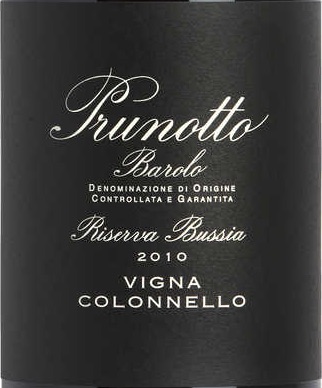2010 Barolo Red Blend
Prunotto Riserva Bussia Vigna Colonnello, a captivating red blend from the renowned Barolo region, showcases a deep ruby hue that entices the eye. This 2010 vintage is a splendid example of the region's rich winemaking tradition, offering a luxurious mouthfeel that envelops the palate. The wine presents high acidity, which adds a refreshing brightness and elegance to its profile, while well-integrated tannins provide a firm structure without overwhelming the experience. The fruit intensity is prominent, revealing layers of dark cherry, plum, and hints of floral notes, complemented by subtle undertones of earth and spice. This wine finishes dry, making it an ideal companion for rich, hearty dishes and elevated dining experiences. Enjoying this splendid bottle is a journey through the terroir of Barolo, reflecting both its depth and finesse.
Prunotto Riserva Bussia Vigna Colonnello, a captivating red blend from the renowned Barolo region, showcases a deep ruby hue that entices the eye. This 2010 vintage is a splendid example of the region's rich winemaking tradition, offering a luxurious mouthfeel that envelops the palate. The wine presents high acidity, which adds a refreshing brightness and elegance to its profile, while well-integrated tannins provide a firm structure without overwhelming the experience. The fruit intensity is prominent, revealing layers of dark cherry, plum, and hints of floral notes, complemented by subtle undertones of earth and spice. This wine finishes dry, making it an ideal companion for rich, hearty dishes and elevated dining experiences. Enjoying this splendid bottle is a journey through the terroir of Barolo, reflecting both its depth and finesse.




